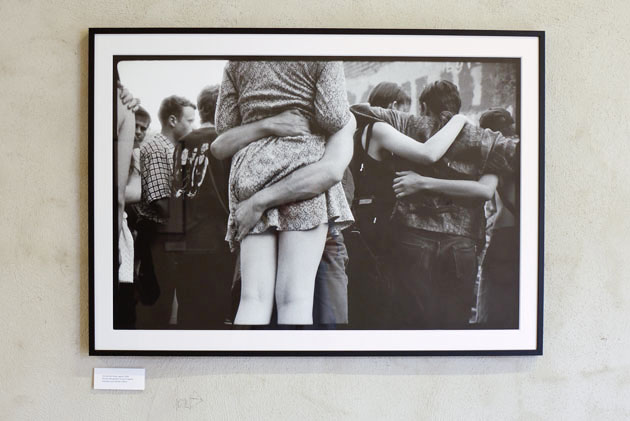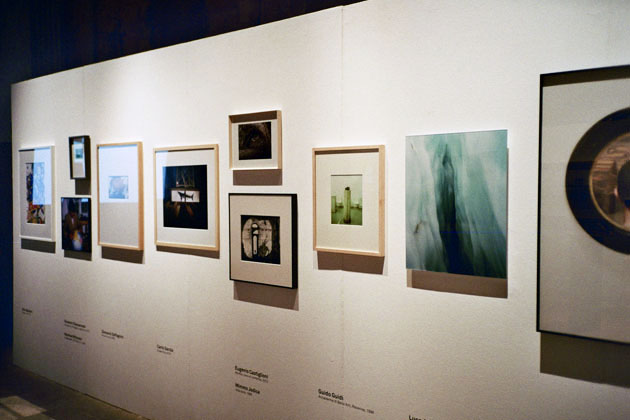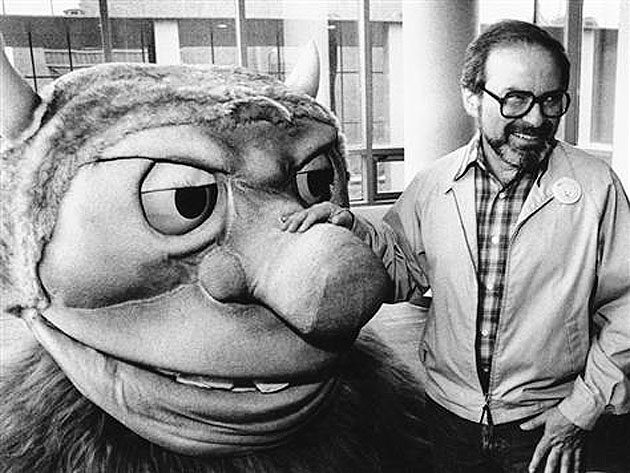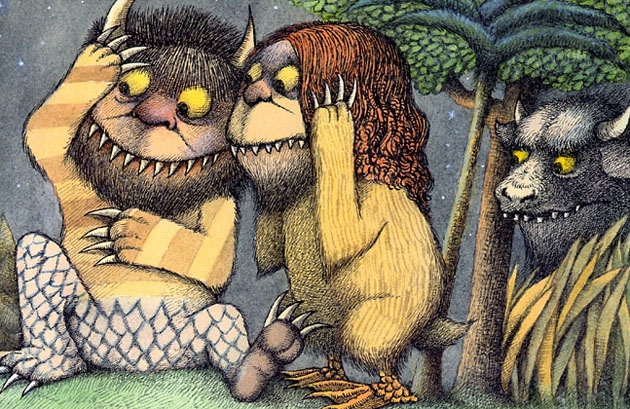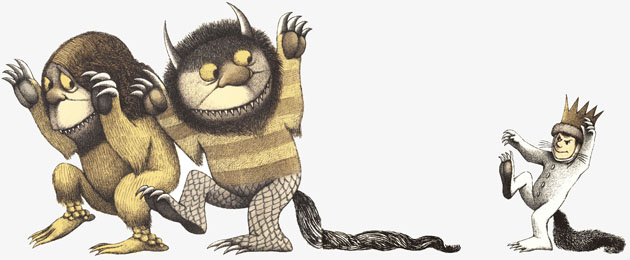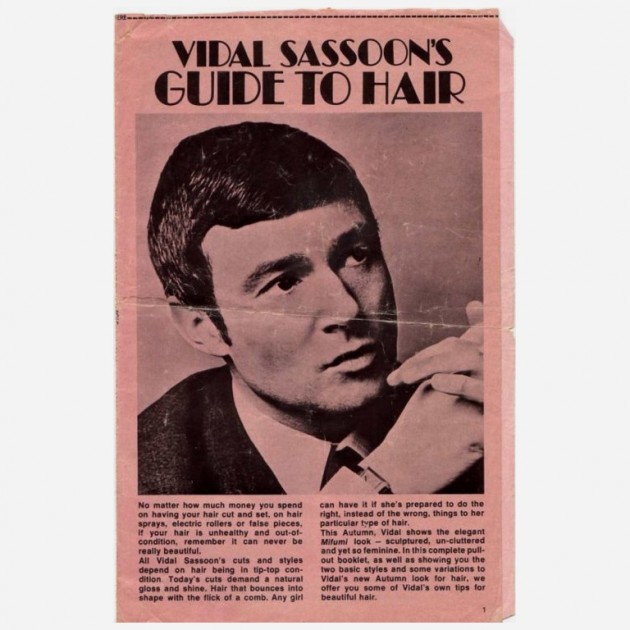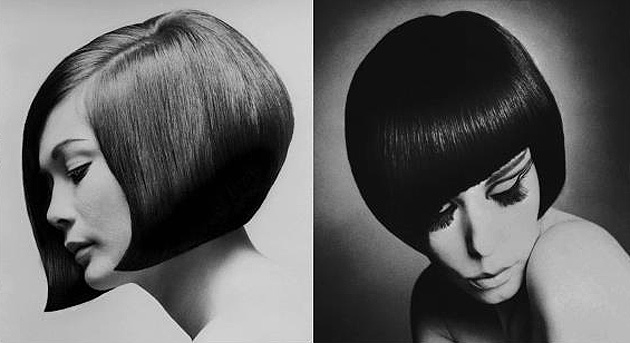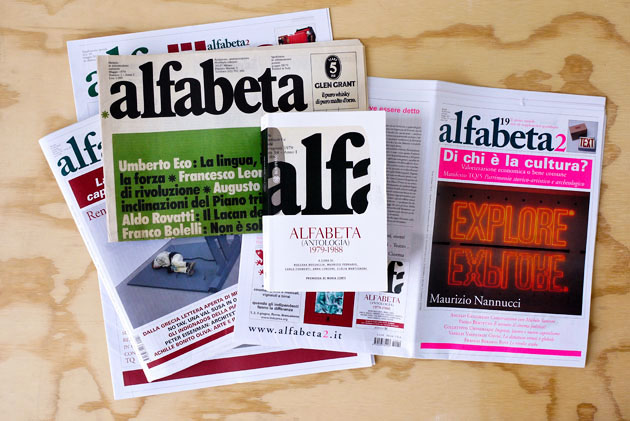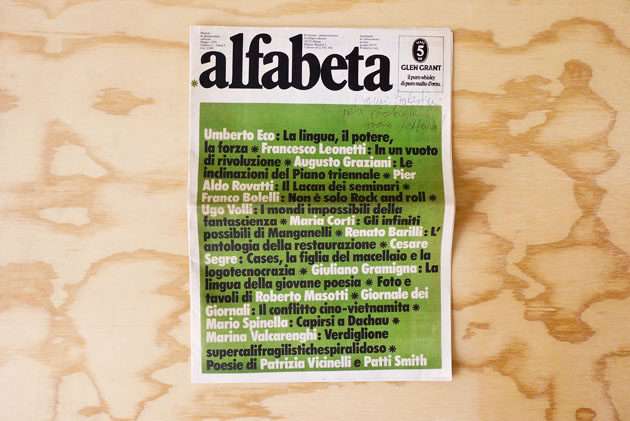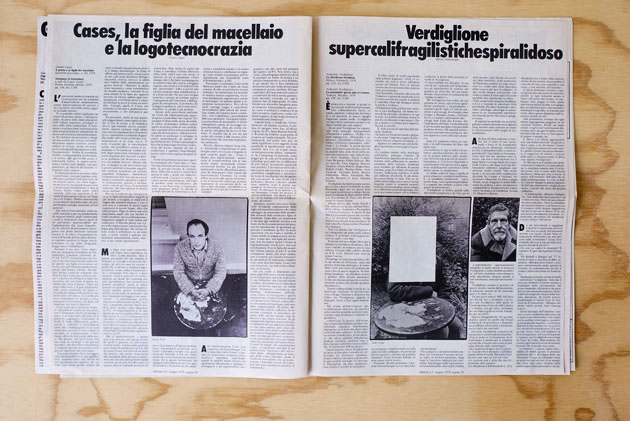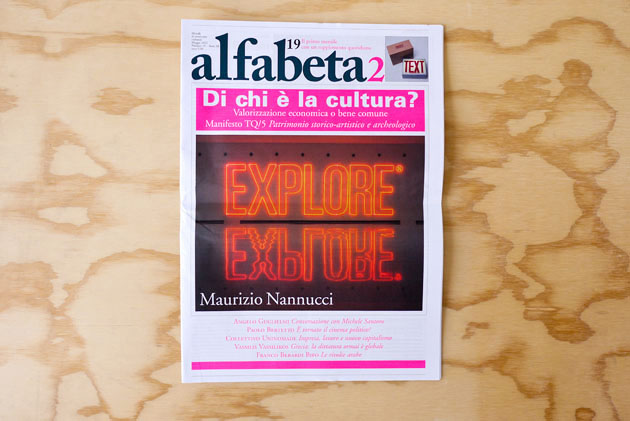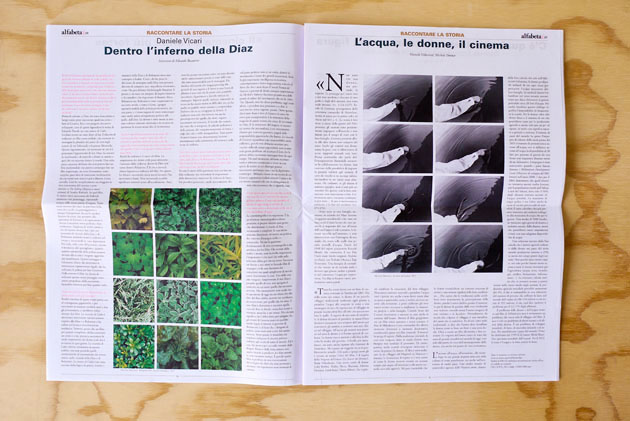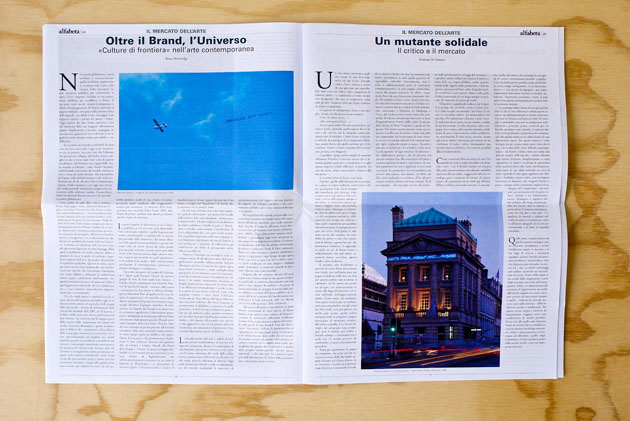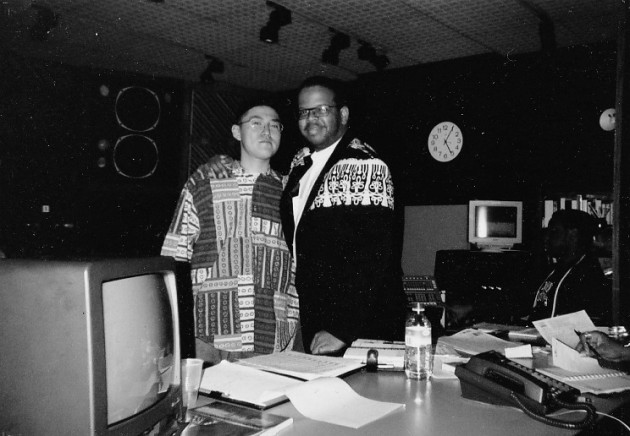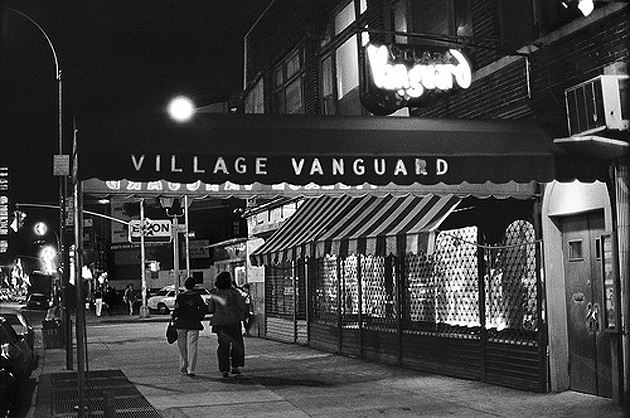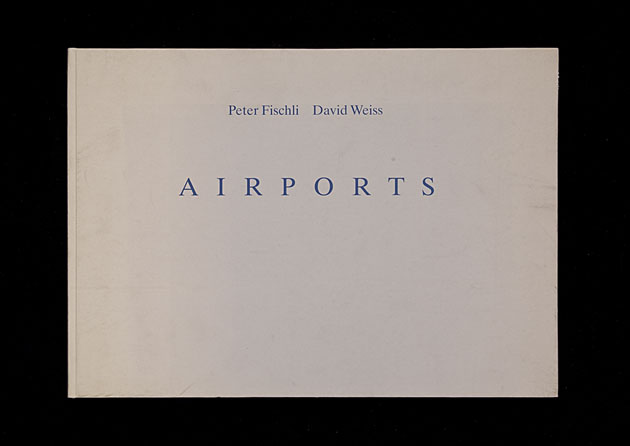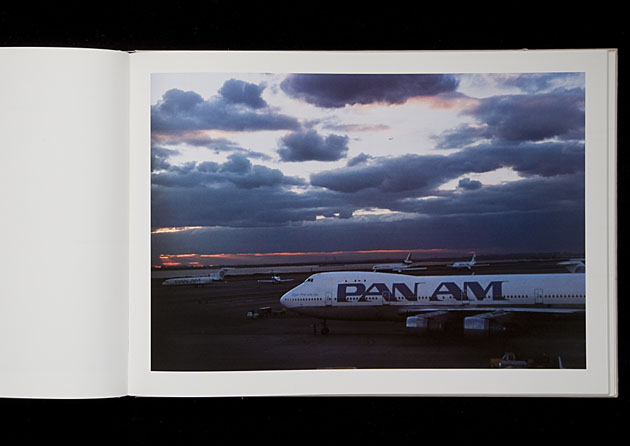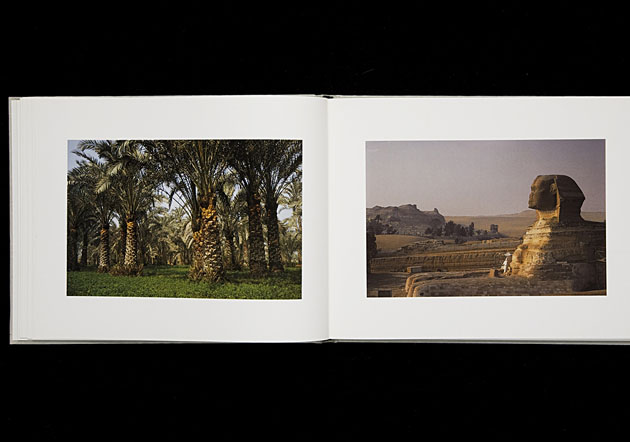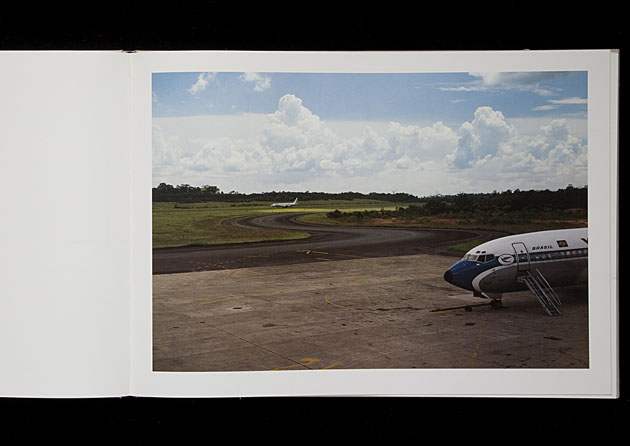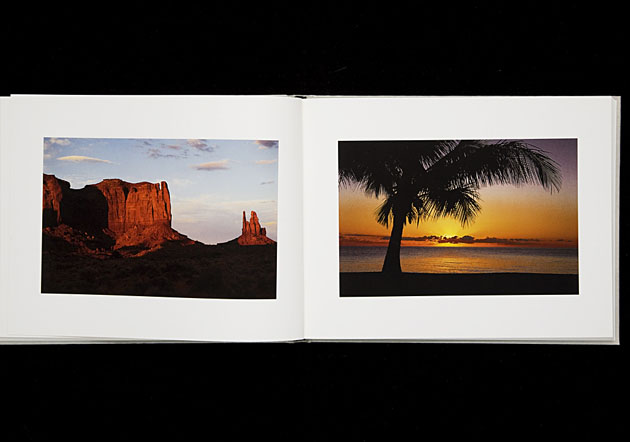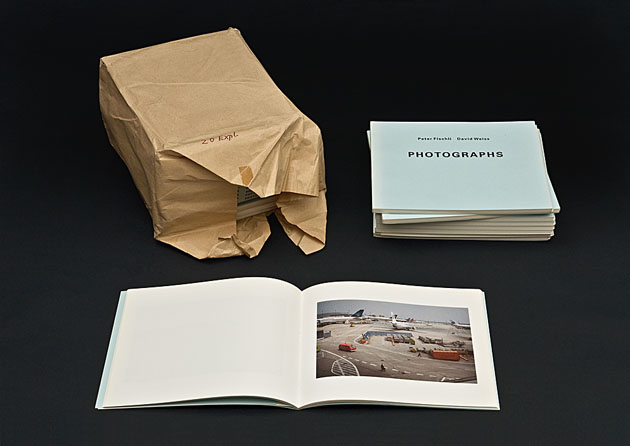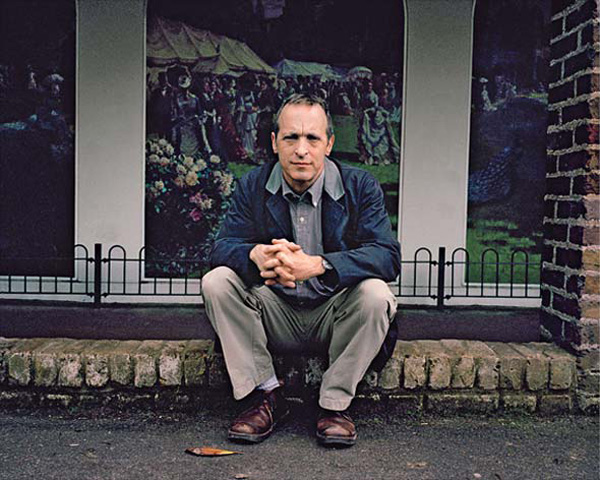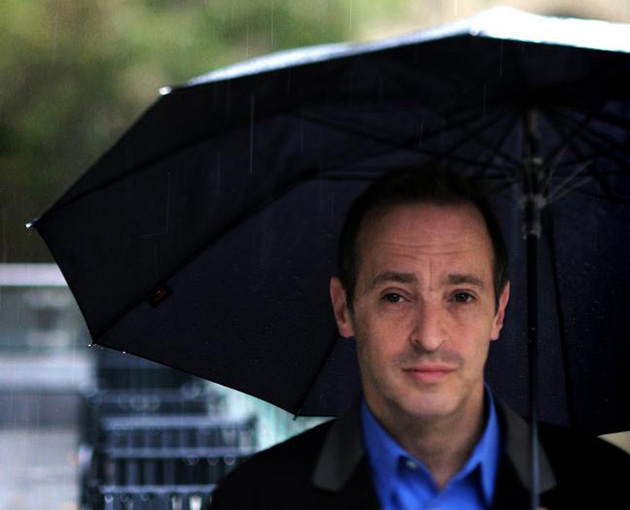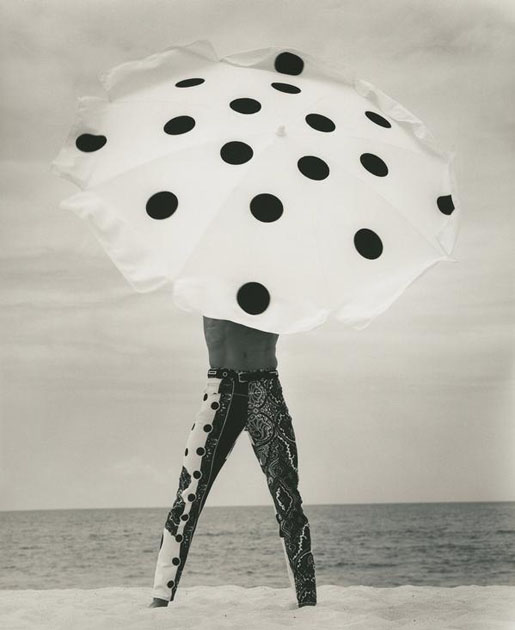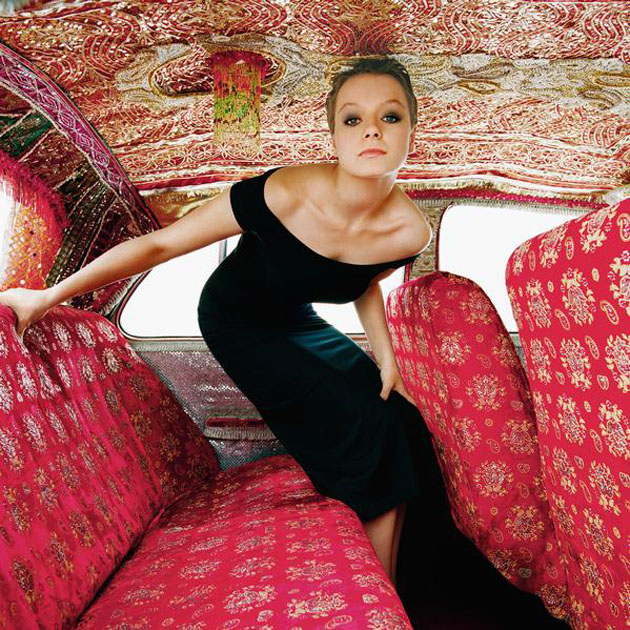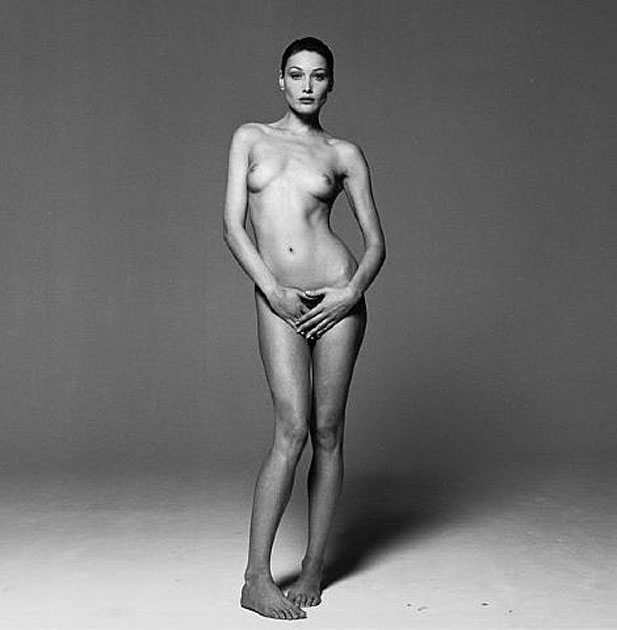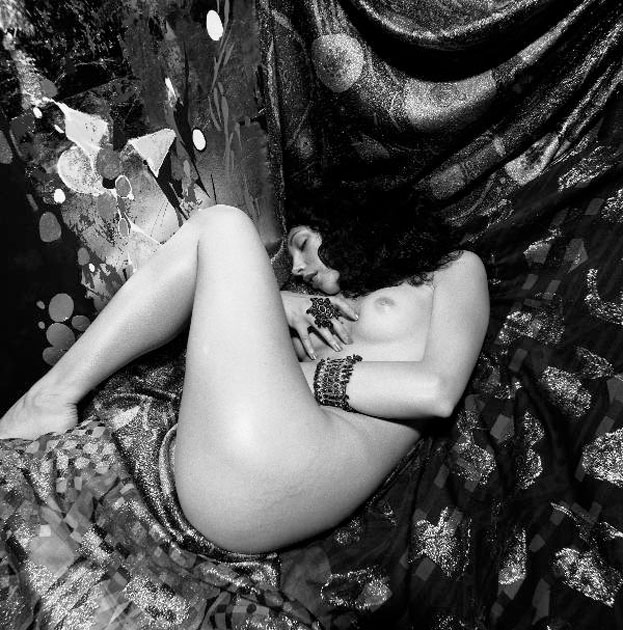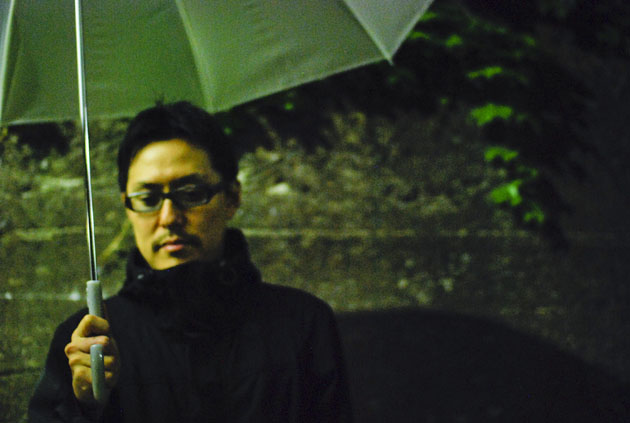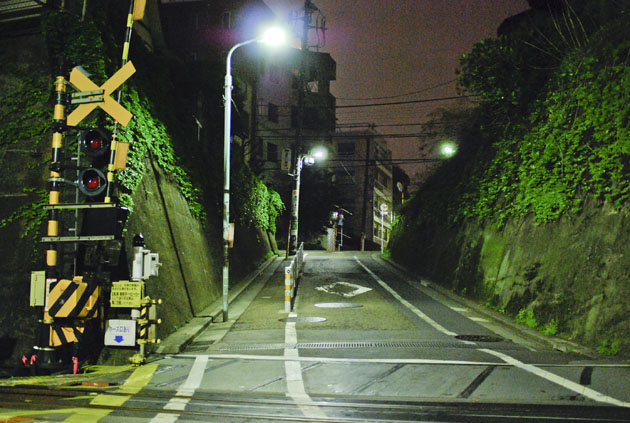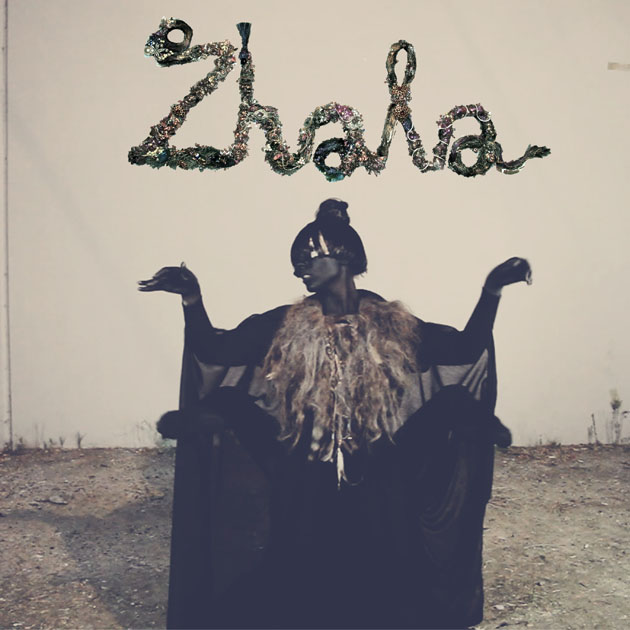Fotografia Europea 2012
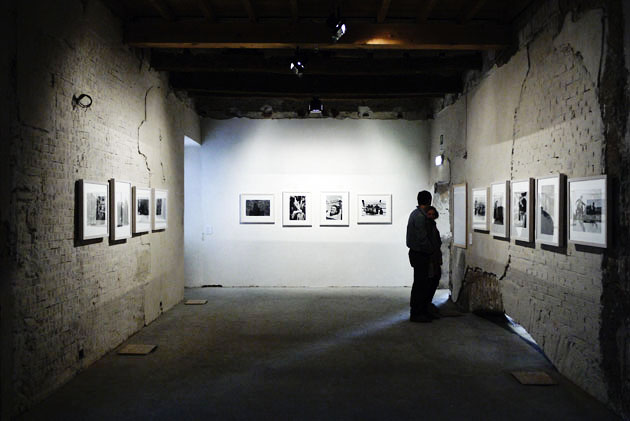
The opening weekend of Fotografia Europea 2012 just closed down. As every year the big festival, thanks to its full program of exhibitions, conferences, talks, workshops and performances, turns Reggio Emilia in a centre for professionals and photography lovers worldwide. The core theme of this 7th edition entitled Vita comune: immagini per la cittadinanza (Common life, images for the community of citizens) tackles the issue of living together, wondering which is the meaning of being a citizen in an era when the boundaries of nations are more and more blurred.
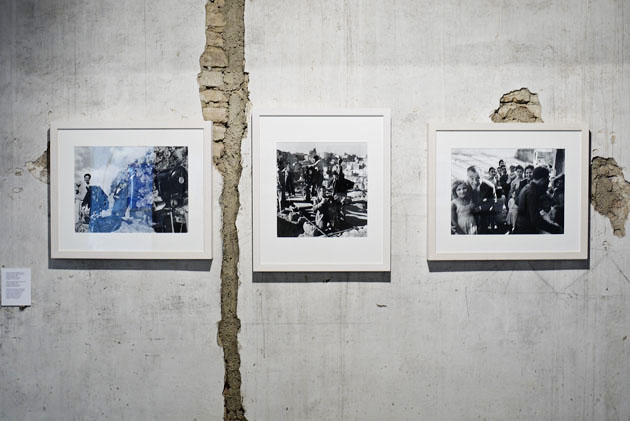
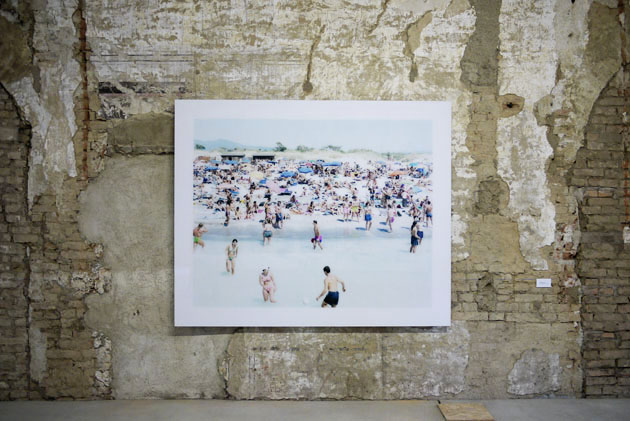
With the photography as common language and fill rouge of all the events scattered around the city, Fotografia Europea 2012 tells stories through the analysis of four different perspectives. Four paths summed up in four key topics: “Change”, “Common places”, “Participation” and “Differences”, which aim at charting the idea of new communities, encompassing a new sense of belonging, born from the encounter of natives and migrants who share and generate a certain culture.
At Chiostri di San Pietro, Igor Mukhin (b. Moscow, 1961) in his show La mia Mosca depicts the Russian youth during the historic turning-point of their country through the use of B/W images; while in the same location, Federico Patellani (“E’ nata la Repubblica”) and Massimo Vitali (“All together”) with different approaches show places where usually people join each other – the schools after the Second World War of the former and the crowded beaches of the latter are examples of cohabitation.
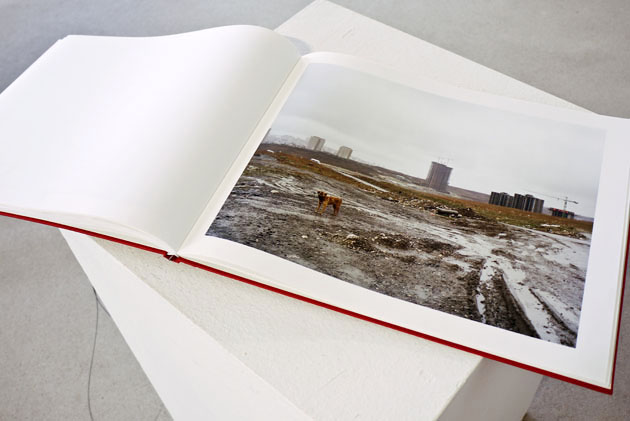
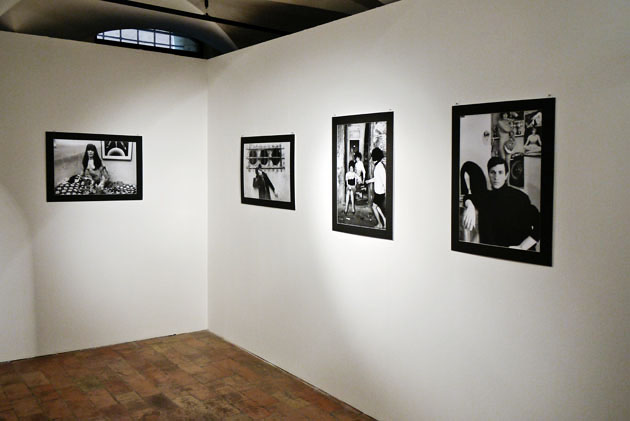
Concerning the concept of participation we cannot avoid naming the exhibition Un’idea e un progetto. Luigi Ghirri e l’attività curatoriale, which retraces the curatorial activity of Luigi Ghirri, displayed in Reggio Emilia also at the show A Luigi e Paola Ghirri. Fin dove può arrivare l’infinito?, where visitors can admire the last – and plenty of poetry – shot by the great Italian master.
To underline the importance of defying convention and celebrating the differences, the festival presents a group exhibition, which conveys works by van der Elsken, Strömholm, Carmi and Petersen and relates to a famous song by Lou Reed entitled Take a walk on the wild side.
In occasion of Fotografia Europea, foundations, museums, public and private collections (as the renowned Collezione Maramotti) open their doors to collateral events and shows which will run until the end of June, while concerts and video projections enlivened the three days of inauguration of one of the most enjoyable festival, that is worthwhile living whole hog.
See you there next year!
